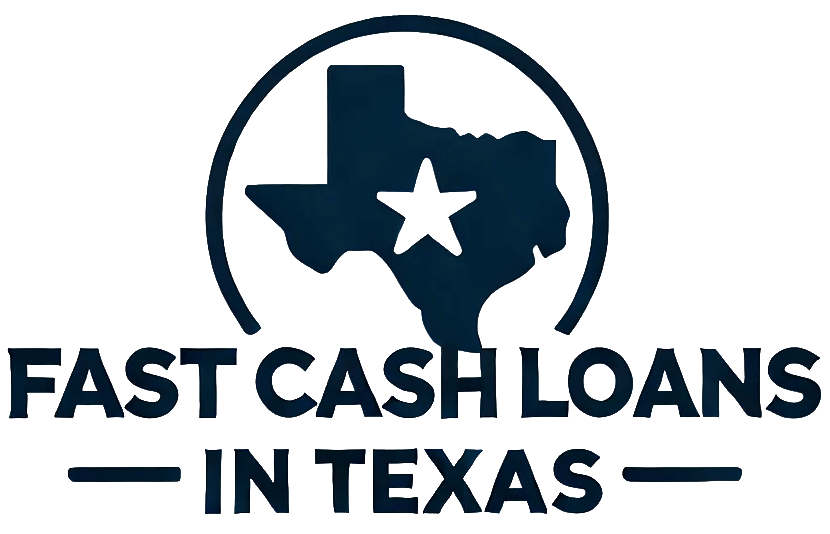When life demands a large sum of money-whether it’s for an urgent medical expense, a home renovation project, or consolidating debt-having access to a $30,000 personal loan can provide the financial flexibility you need. However, obtaining a loan of this size comes with its own set of challenges. Navigating the application process, meeting eligibility requirements, and comparing loan offers can seem overwhelming, especially when you need the money quickly. In this guide, we’ll break down the process of securing a $30,000 personal loan, helping you understand how to choose the right lender, meet the requirements, and ensure that your loan is manageable and affordable in the long run.
Why You Might Need a $30,000 Loan
A $30,000 personal loan can provide substantial support in many situations. Here are a few reasons why you may need this loan amount:
- Consolidating high-interest debt: Combining multiple credit card balances or other loans into one lower-cost payment.
- Home renovations: Financing repairs or upgrades that can increase the value of your home.
- Medical costs: Addressing unforeseen medical bills, surgery costs, or treatment expenses.
- Educational expenses: Covering tuition, books, or other educational fees.
- Significant life events: Weddings, large vacations, or family events that require substantial funds.
- Purchasing a car or major appliance: Affording a vehicle, or purchasing other large items that improve your life.
Whatever your reason for borrowing, a $30,000 personal loan can make it possible to meet these financial needs without draining your savings.
Monthly Payments for a $30,000 Loan
The monthly payments for a $30,000 loan depend largely on the interest rate and the loan term. Here’s a general estimate for monthly payments based on various repayment periods and interest rates:
| Term (Months) | Interest Rate | Monthly Payment | Total Interest Paid |
| 12 | 12% | $2,665.46 | $1,985.56 |
| 36 | 12% | $996.43 | $5,871.46 |
| 60 | 12% | $667.33 | $10,040.01 |
As you can see, a shorter loan term will result in higher monthly payments, but you’ll pay less overall interest. If you extend the loan term, your monthly payment decreases, but the total interest cost rises.
What to Do if You Have Bad Credit
If your credit isn’t in the best shape, you may still qualify for a $30,000 loan, but you will likely face higher interest rates. It’s essential to understand the impact of a higher rate on your monthly payments and the overall cost of the loan. In some cases, you may be able to secure a loan with a co-signer or offer collateral to improve your chances of approval and secure better terms.
How to Ensure You’re Borrowing Responsibly
While a $30,000 loan can help you meet major financial needs, it’s important to use the loan wisely. Consider these steps to make sure you’re borrowing responsibly:
- Evaluate if the loan is necessary: Make sure that borrowing $30,000 is essential and that the loan serves a purpose that will benefit your financial future.
- Estimate your monthly payments: Before committing, use a loan calculator to estimate your monthly payment. Make sure this payment fits into your budget without overextending yourself.
- Consider loan alternatives: If a personal loan doesn’t seem ideal, consider other options like home equity loans or credit cards with 0% APR promotional offers for smaller amounts.
Alternatives to a $30,000 Personal Loan
If a personal loan isn’t your best option, consider these alternatives:
- Home equity loan or HELOC: These secured loans offer lower interest rates, but your home will be used as collateral.
- Credit cards with 0% APR: For smaller amounts, using a credit card with 0% APR for a set period can help avoid interest charges, though you must repay the balance before the introductory period ends.
- Borrowing from family or friends: This informal borrowing option can be cost-effective, but make sure to establish clear terms to avoid damaging personal relationships.
